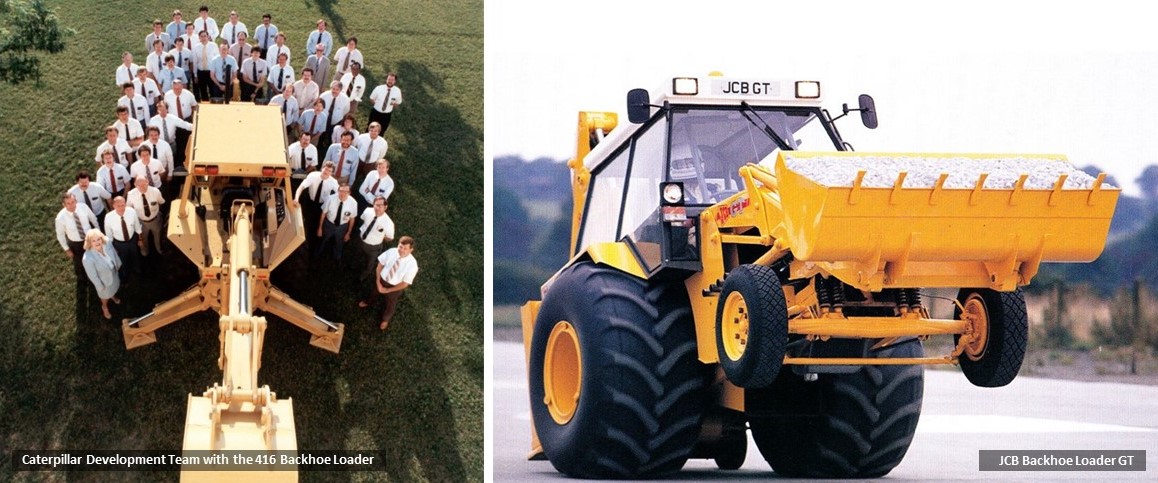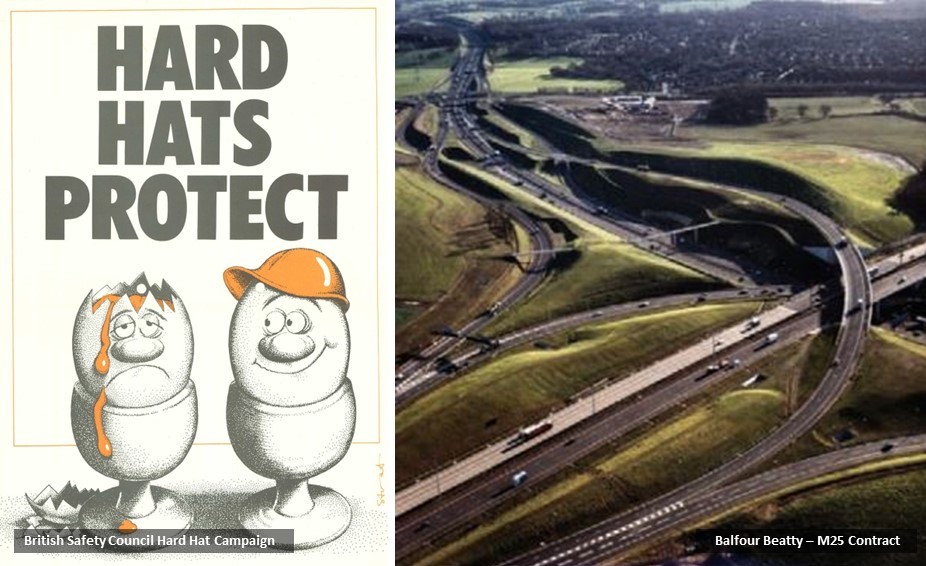Construction in the 1980s
As we celebrate our 50th year of trading, Natta is looking into how construction has changed each decade. Moving on to the 1980s, the industry saw a big change with machinery and further progress within the health and safety field.
Health and Safety
The early 1980s saw site safety begin to improve after the ‘Health and Safety at Work Act’ was introduced in the 70s. However, statistics from 1981 were still showing 7.9 fatalities for every 100,000 construction workers.
Following the public release of these figures, the decade saw a great push for improved safety on sites. The use of hard hats was being heavily enforced with workers also being warned by the British Safety Council about the dangers of using old and unsafe tools. With this and the ‘Noise at Work Regulation’ coming into force, safety on sites continued to improve over the years.
Construction Machinery
Plant equipment switched focus in the 1980s to more compact vehicles. Noise levels, gas emissions and safety became prevalent in the design of new machinery.
With this, Caterpillar released their first line of compact construction equipment. This included plant such as compact wheel loads and mini excavators as well as a range of purpose-built attachments. They then introduced their first backhoe loader, the 416, in early 1985. The development of this machine was focused mainly on the use of improved technology and overall quality.
JCB also released their own 3CX Sitemaster Backhoe Loader in 1985 as they worked hard to keep up with the advancements in machinery. This went on to be their biggest selling backhoe as they produced over 100,000 in that year alone. Following this, JCB bought out the world’s fastest backhoe loader in 1998 – the JCB GT. This was showcased to a wider audience and wowed crowds at the 1988 British Grand Prix, reaching speeds of 100mph.
The Natta Group was also expanding in the construction machinery field with the formation of Natta Plant in 1988. This has now grown to become one of the largest privately-owned plant fleets in the South of England.

Fellow Competitors
Grainger Trust PLC (now Grainger PLC) came into the public eye in 1983 as it became a publicly-traded company on the London Stock Exchange. Following on from this, the company entered into land development and acquired 350 acres of land near Basingstoke, Hampshire. They then established the infrastructure on this site to sell on to housebuilders.
The 1980s also saw vast growth for Redrow PLC as they opened their first regional office in the Midlands in 1985. Similar to Natta, with the creation of Natta Country Homes in 1982, Redrow’s expansion also took them into the private homes sector. With this, they quickly grew a reputation as quality home builders.
Balfour Beatty continued to be a trailblazer in the industry and even saw expansion into the US market, acquiring a 50% stake in US construction firm, Heery International (now fully owned by Balfour Beatty). The company undertook some of the biggest UK construction projects in the 1980s such as the THORP nuclear reprocessing facility and sections of the M25 as well as being awarded the contract to build the Channel Tunnel in 1986.
Balfour Beatty was one of the first companies to take on full design and build projects, winning a £58m contract in 1988 to build the BBC’s HQ at White City.

With all of this, the 1980s saw a vast change within the construction industry with even more to come in the 1990s. Advancements in technology and machinery were set to improve even more as well as new Health and Safety Acts being introduced.








 Facebook
Facebook Youtube
Youtube LinkedIn
LinkedIn Instagram
Instagram